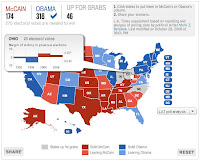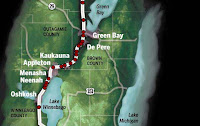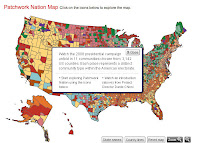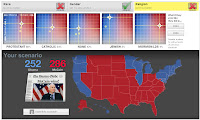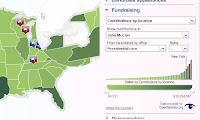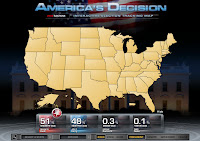New York Time Interactive Map for NYC Marathon
This Sunday, 40,000+ runners will run, jog, walk, and run again through the five Boroughs of Manhattan. The New York Times has prepared an interactive map of the race route along with location of places to watch the runners. The page that contains the map has two tabs: one for the race course itself and a second with tool tips of the location of places to eat along the course. But wait, no Carnegie Deli ? Come on! I know it's a block or two just off Central Park South but, gee, you gotta have it on the map!
